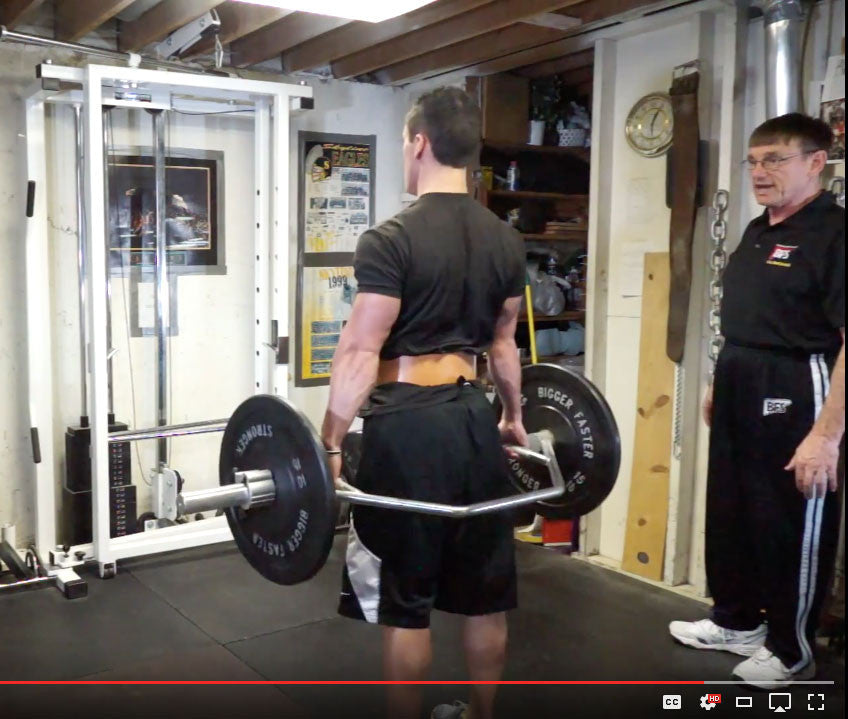Hex Bar for Athletic Superiority

Forty years ago the deadlift was one of the core exercises we encouraged athletes to perform year-round. BFS pushed this great core exercise in our early years because it was unparalleled in developing the glutes, hamstrings, and lower back. We still believe that, but the fact is that we soon played less emphasis on it because we found something better.
What we’ve learned in working with young athletes is that regardless of what type of deadlift and athlete does, the exercise must be performed with the lower back “locked in” to protect the spine. When record poundages are used, there is a tendency for the athlete to round the lower back, thereby diverting some of the load from the muscles onto the connective tissues and disks. A belt helps, providing postural feedback to the lifter that he or she is breaking form, but the best insurance for protecting the lower back is to use a hex bar.
The hex bar places less stress on the lower back and more stress on the legs. Consider the following study: “A Biomechanical Analysis of Straight and Hexagonal Barbell Deadlifts Using Submaximal Loads,” published in the July 2011 issue of the Journal of Strength and Conditioning Research. The researchers found that compared the to the straight bar deadlift, the hex bar deadlift produced “significantly greater peak force, peak velocity and peak power values.”
A research study published a year later showed that the hex bar is a superior method of performing not just deadlifts, but also squat jumps. The study was called, “Effect of Load Positioning on the Kinematics and Kinetics of Weighted Vertical Jumps.” It was published in the April 2012 issue of the Journal of Strength and Conditioning Research.

